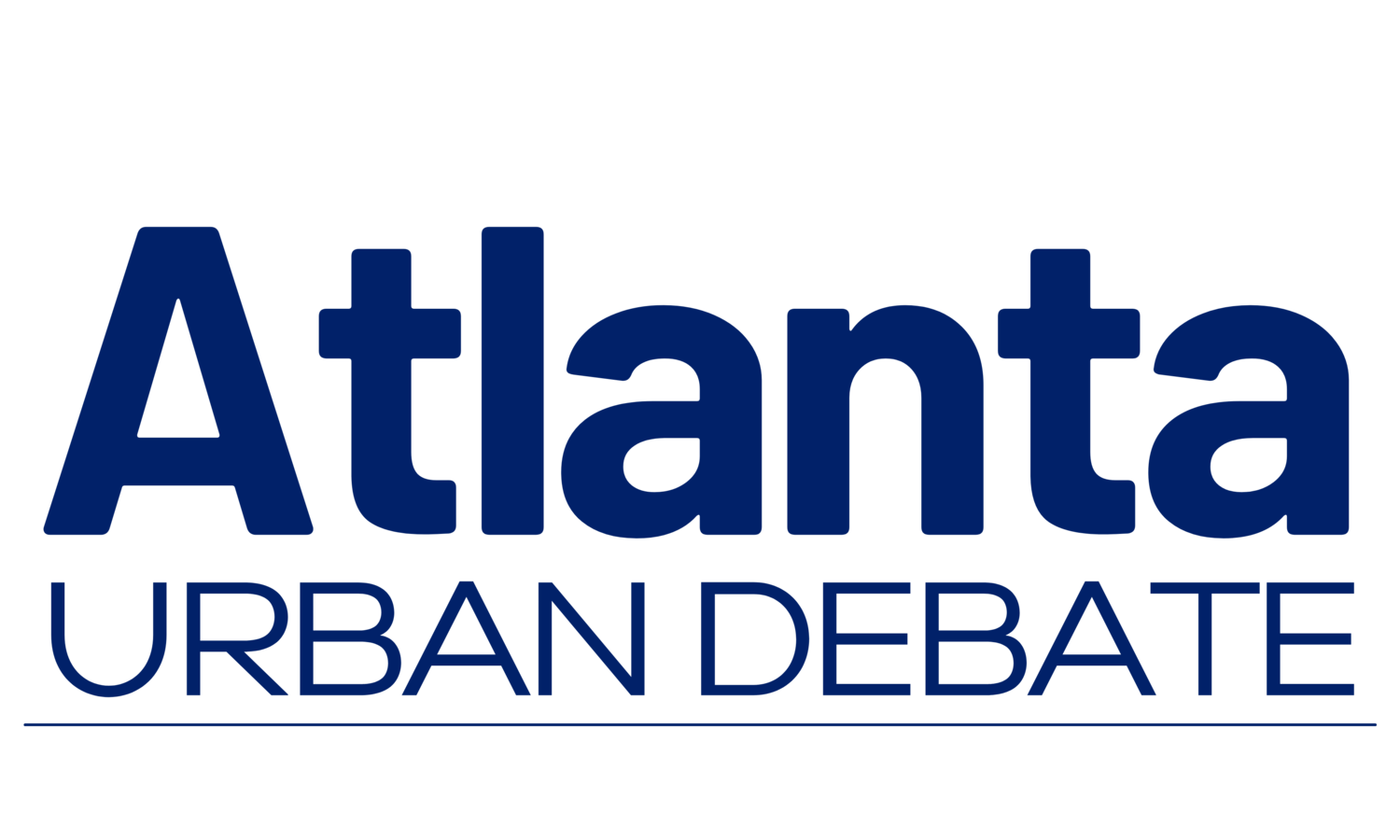The Atlanta Urban Debate League is committed to providing excellent debate education programs, services, and opportunities to diverse students, educators, and members of the community!
Middle School JV Curriculum Guide
Reading the Packet
You have a bit more work to do in Junior Varsity. You have more evidence, so you’ll need to plan ahead to manage the workload before a round starts. You’ll also need to compare evidence, so you should read cards with a more critical perspective in mind. So how should you prepare yourself for your rounds?
One thing you’ll need to do is closely read your evidence. Here’s an example. Notice the parts that what we’ve shaded and notice the parts we’ve put in italics. If you were to use this card in a debate round, you could read just the parts you have highlighted. Conversely, if you were answering this piece of evidence, you could conduct evidence comparison based on the things we’ve italicized. You can see an explanation below for which parts of ABCD apply!
Applying ABCD: Strengths of the Evidence:
A. Author: This card is written by Diane Schanzenbach, a professor of education and public policy at Northwestern University. If you read this card, it would be smart to emphasize how qualified your author is, especially if your opponents’ author has fewer qualifications.
B. Basis: From un-underlined portions of the card, we know that the author is citing other studies. “Analysis of food diary data suggests…” Schanzenbach writes, so you can say that your evidence grounds its arguments upon multiple surveys and data points. This is especially useful if your opponents’ evidence cites only one study.
Applying ABCD: Weaknesses of the Evidence
C. Context: Also from un-underlined portions of the card, we see that school lunches may not be the sole cause for the obesity rate. Schanzenbach writes that “although this (school lunches) explains a relatively small part of the overall obesity rate, and is not a strong candidate for describing the cause of the large and rapid increase in the rate.” If you’re answering this evidence, you can use this line to suggest that there are other problems beyond school lunches that cause obesity, undermining the reverse/turn argument.
D. Date: This evidence is from 2005. While that wouldn’t matter if school lunch policy hadn’t changed a great deal since then, the card doesn’t take Michelle Obama’s school lunch initiatives into account – or Trump’s rollback of those programs. If your evidence is newer, you can use that as an advantage, as older evidence may not account for more recent studies or changes in policies.

